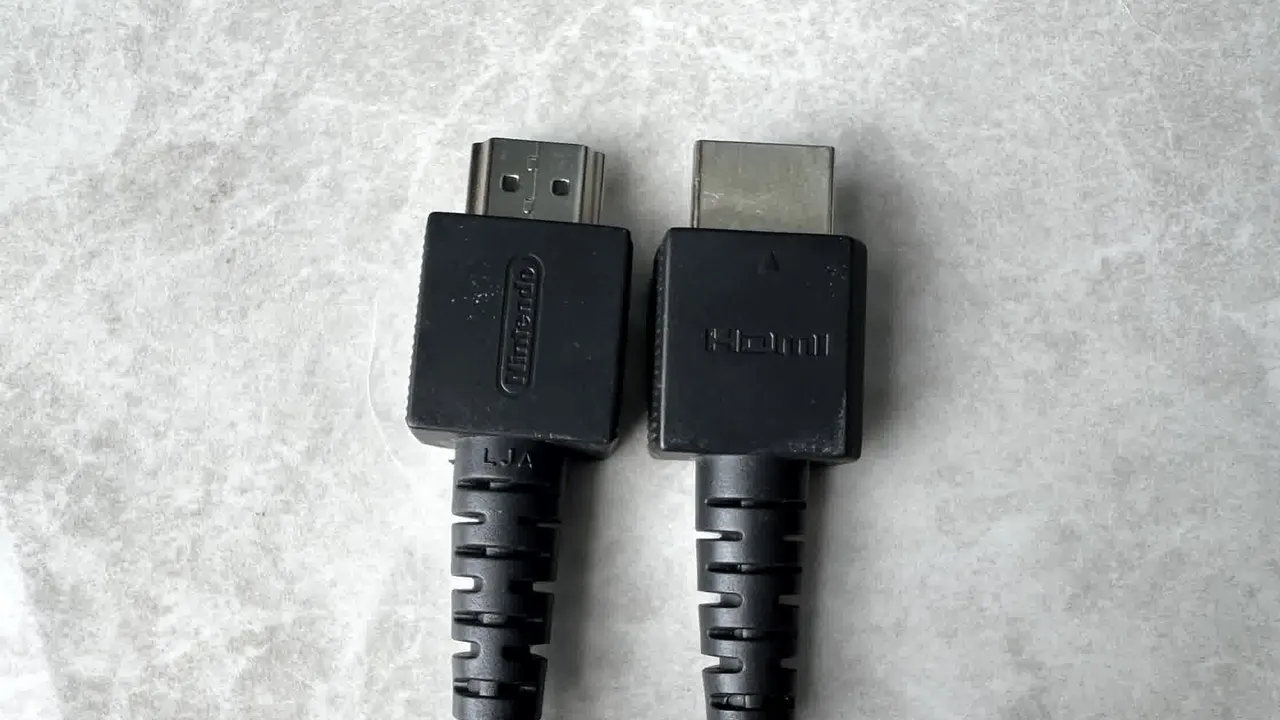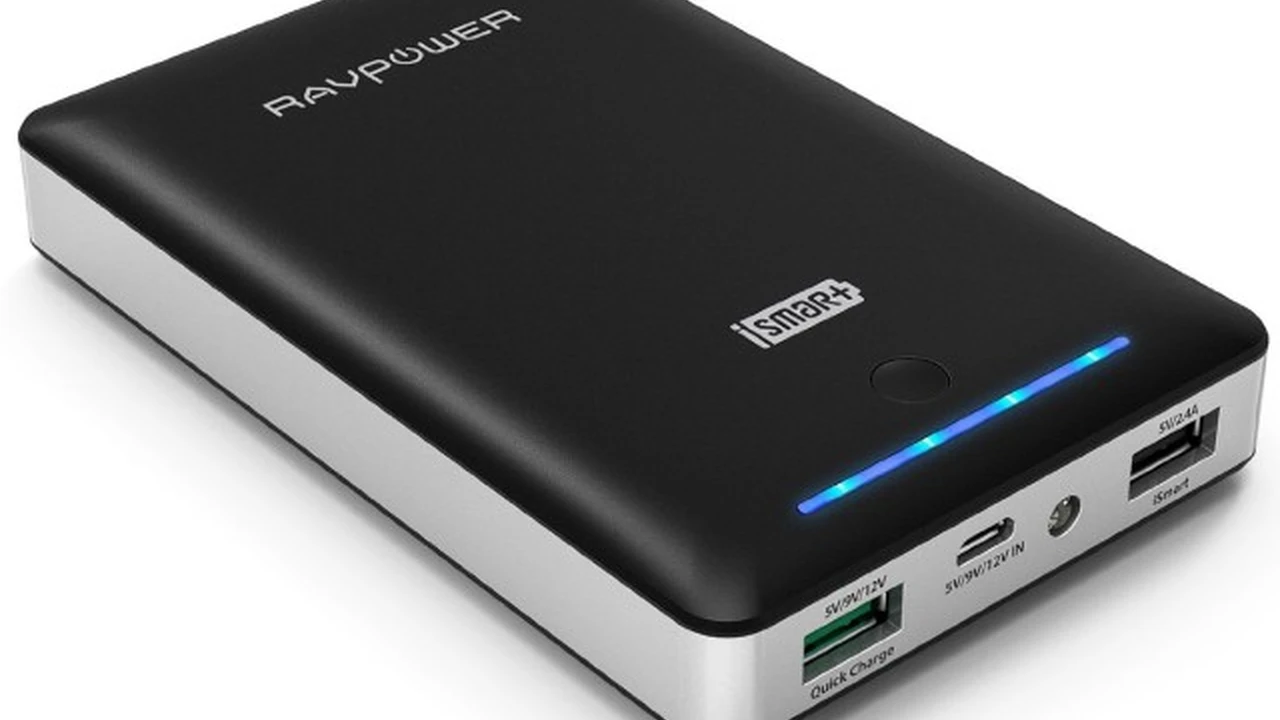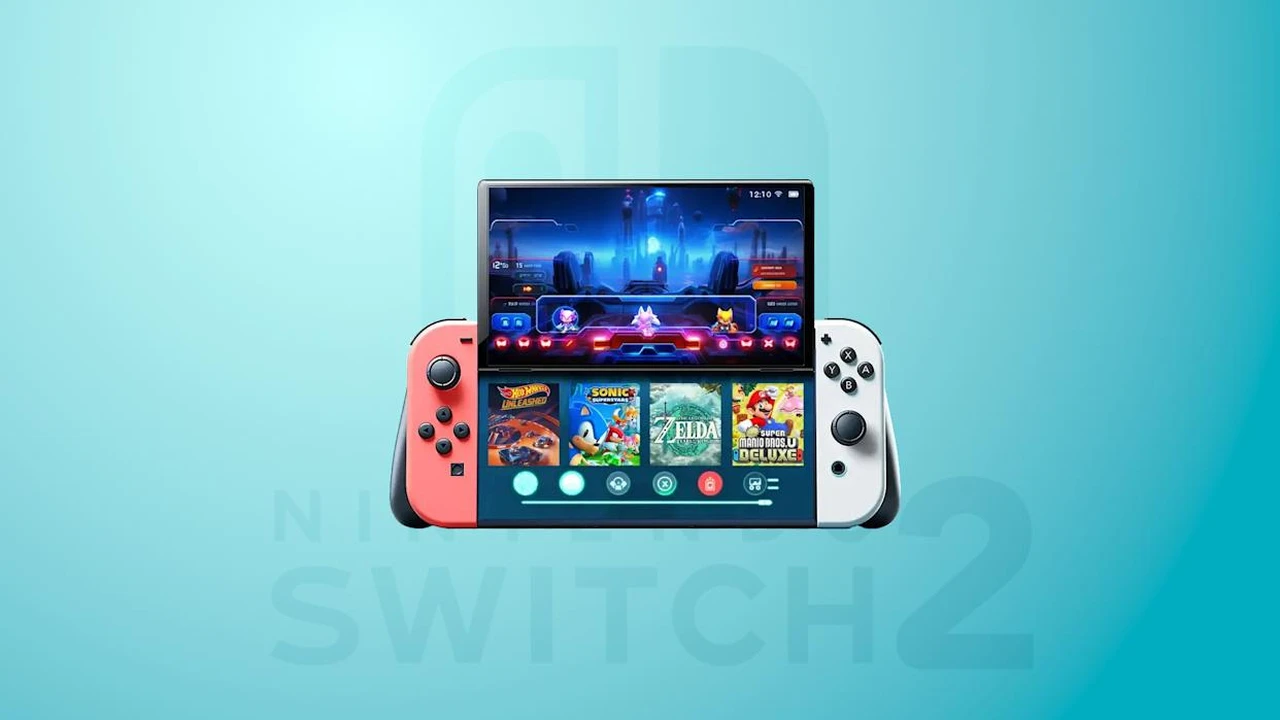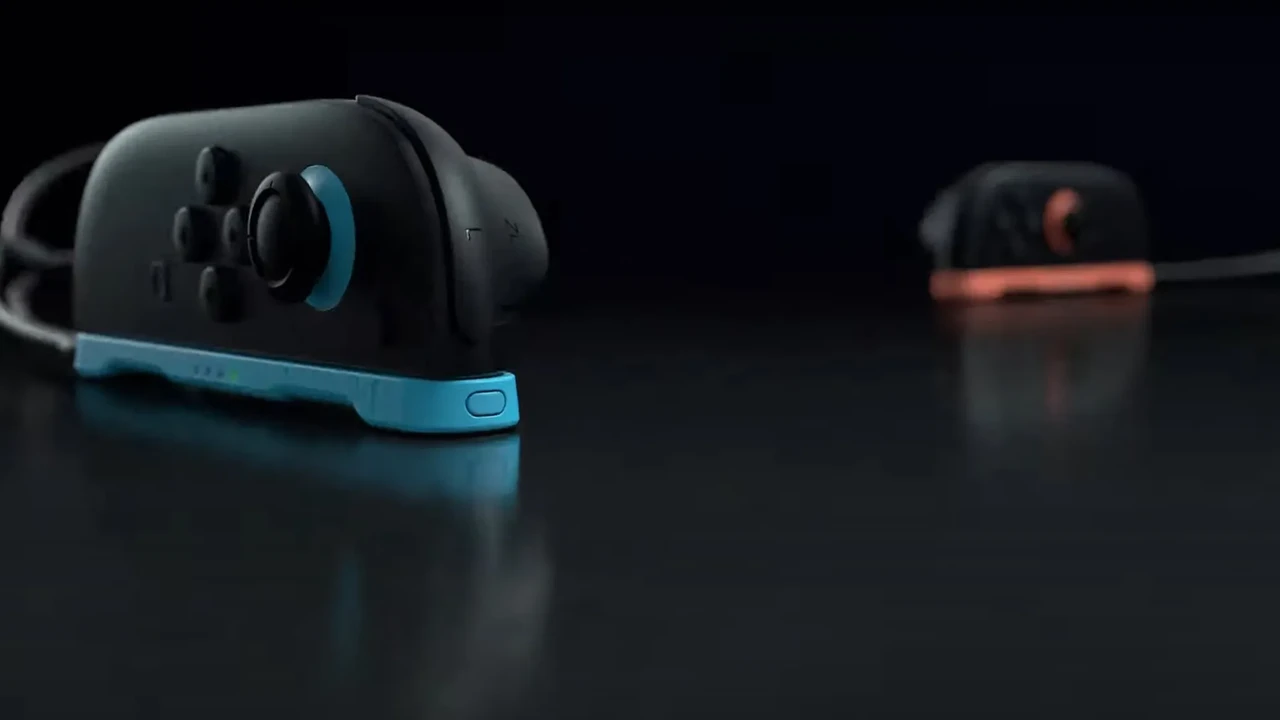Nintendo Switch 2 External Storage Solutions
Expand your Nintendo Switch 2 storage with the best microSD cards and external drives.
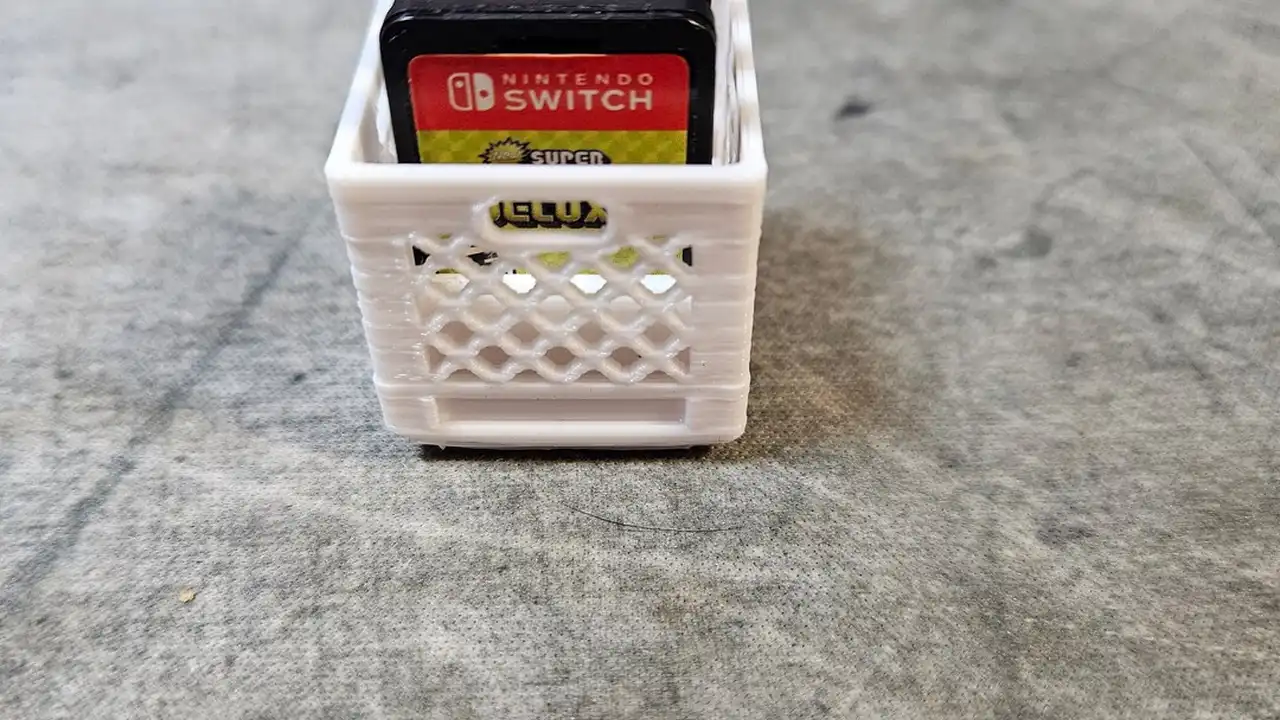
Expand your Nintendo Switch 2 storage with the best microSD cards and external drives. As the Nintendo Switch 2 approaches, one of the most pressing concerns for gamers is storage. With game sizes continually growing, the internal storage of any console, no matter how generous, quickly fills up. This guide dives deep into the world of external storage solutions for your Nintendo Switch 2, covering everything from essential microSD cards to potential external hard drives, helping you make informed decisions to keep your game library vast and accessible.
Nintendo Switch 2 External Storage Solutions
Why External Storage is Crucial for Your Nintendo Switch 2
The Nintendo Switch 2, like its predecessor, is expected to offer a certain amount of internal storage. However, modern games, especially those with high-fidelity graphics and extensive content, can easily consume tens of gigabytes. Without external storage, you'll quickly find yourself deleting games to make space for new ones, a frustrating and time-consuming process. External storage allows you to significantly expand your game library, keep more titles downloaded and ready to play, and even improve loading times for certain games depending on the storage type.
Understanding Nintendo Switch 2 MicroSD Card Compatibility
MicroSD cards are the primary and most convenient form of expandable storage for the Nintendo Switch line. The Switch 2 is highly likely to continue this trend. When choosing a microSD card, several factors are crucial:
- Capacity: This is the most obvious factor. MicroSD cards come in various sizes, from 32GB to 1TB or even more. Consider your gaming habits. Do you download many digital titles? Do you prefer physical cartridges but still download updates and DLC? A 256GB or 512GB card is a good starting point for most users, while avid digital collectors might consider 1TB.
- Speed Class: This refers to how fast data can be read from and written to the card. For gaming, you'll want a card with a high speed class to ensure smooth game loading and performance. Look for cards with a 'UHS-I' (Ultra High Speed Class 1) rating and a 'V30' (Video Speed Class 30) or higher. These indicate a minimum write speed of 30 MB/s, which is generally sufficient for Switch games. Even better are 'UHS-III' or 'V60'/'V90' cards, offering even faster speeds, though they might be overkill and more expensive for the Switch's requirements.
- A1 or A2 Rating: These ratings refer to 'App Performance Class.' An A1 or A2 rating indicates that the card is optimized for running applications (like games) directly from the card, offering better random read/write speeds. A2 cards are generally faster than A1.
Top Recommended MicroSD Cards for Nintendo Switch 2
Based on current performance and value, here are some of the best microSD cards you should consider for your Nintendo Switch 2:
SanDisk Extreme microSDXC Card
- Capacity Options: 64GB, 128GB, 256GB, 400GB, 512GB, 1TB, 1.5TB
- Speed: Up to 190MB/s read, 130MB/s write (V30, A2)
- Why it's great: SanDisk is a trusted brand, and the Extreme series offers excellent speeds and reliability. The A2 rating ensures smooth game performance. It's a fantastic all-rounder for any Switch 2 owner.
- Typical Use Case: Ideal for digital-heavy gamers who want fast loading times and ample space for a large library of AAA and indie titles.
- Estimated Price: $20-$150 depending on capacity.
Samsung EVO Select microSDXC Card
- Capacity Options: 64GB, 128GB, 256GB, 512GB, 1TB
- Speed: Up to 130MB/s read, 90MB/s write (U3, V30, A2)
- Why it's great: Samsung EVO Select cards offer a great balance of performance and value. They are widely available and known for their durability.
- Typical Use Case: Perfect for gamers who want reliable performance without breaking the bank. Great for a mix of digital and physical games.
- Estimated Price: $15-$100 depending on capacity.
Lexar PLAY microSDXC Card
- Capacity Options: 128GB, 256GB, 512GB, 1TB
- Speed: Up to 150MB/s read, 90MB/s write (U3, V30, A1)
- Why it's great: Specifically designed for gaming and mobile devices, the Lexar PLAY offers consistent performance at a competitive price point.
- Typical Use Case: A solid choice for budget-conscious gamers who still demand good speeds for their Switch 2.
- Estimated Price: $18-$90 depending on capacity.
PNY PRO Elite microSDXC Card
- Capacity Options: 64GB, 128GB, 256GB, 512GB, 1TB
- Speed: Up to 100MB/s read, 90MB/s write (U3, V30, A1)
- Why it's great: PNY offers reliable and affordable options. The PRO Elite series provides good speeds for gaming.
- Typical Use Case: Another excellent value option for those looking for a dependable microSD card without premium pricing.
- Estimated Price: $15-$85 depending on capacity.
Potential for External Hard Drives with Nintendo Switch 2
While microSD cards are the go-to for portable storage, the question of external hard drive support for the Nintendo Switch 2, especially when docked, is an interesting one. The original Switch does not natively support external USB hard drives for game storage, only for screenshots and video captures. However, with the expected increase in power and potential for a more robust docking experience for the Switch 2, external HDD/SSD support could be a game-changer.
Why External Hard Drives Could Be Beneficial
- Massive Capacity: External hard drives (HDDs) offer capacities far beyond microSD cards, often ranging from 1TB to 8TB or more. This would allow for an almost limitless digital game library.
- Cost Per GB: HDDs generally offer a lower cost per gigabyte compared to microSD cards, making them a more economical choice for very large storage needs.
- Faster Speeds (SSDs): If the Switch 2 supports external SSDs (Solid State Drives) via USB 3.0 or higher, these could offer significantly faster loading times than even the fastest microSD cards, rivaling internal console storage.
Considerations for External Hard Drive Support
- Power Requirements: Most external HDDs require external power or draw significant power from the USB port. The Switch 2 dock would need to provide sufficient power.
- USB Standard: For optimal performance, the Switch 2 dock would need to support at least USB 3.0 (or USB 3.2 Gen 1) for external drives.
- Nintendo's Approach: Nintendo has historically favored simplicity and portability. Adding full external HDD support might complicate the user experience or go against their design philosophy. However, with the increasing size of games, they might reconsider.
Hypothetical External Hard Drive Recommendations (If Supported)
If the Nintendo Switch 2 were to support external hard drives, here are types of products that would be ideal:
Western Digital My Passport Portable Hard Drive
- Capacity Options: 1TB, 2TB, 4TB, 5TB
- Interface: USB 3.0
- Why it would be great: These are compact, bus-powered (no external power adapter needed, drawing power from USB), and highly reliable. They offer ample storage for a vast game library.
- Typical Use Case: Storing a massive collection of digital games for docked play, especially if you have many large AAA titles.
- Estimated Price: $60-$150 depending on capacity.
Samsung T7 Portable SSD
- Capacity Options: 500GB, 1TB, 2TB
- Interface: USB 3.2 Gen 2 (USB-C)
- Why it would be great: Extremely fast read/write speeds (up to 1,050 MB/s read, 1,000 MB/s write) would significantly reduce game loading times. It's also very compact and durable.
- Typical Use Case: For gamers who prioritize speed above all else and want the fastest possible loading times for their most frequently played games.
- Estimated Price: $70-$200 depending on capacity.
Seagate Expansion Desktop Hard Drive
- Capacity Options: 4TB, 6TB, 8TB, 10TB, 12TB, 16TB
- Interface: USB 3.0
- Why it would be great: Offers colossal storage capacities at a very affordable price per gigabyte. These typically require an external power adapter.
- Typical Use Case: For the ultimate digital game hoarder who wants to download every game imaginable and never worry about storage space. Best for a stationary setup.
- Estimated Price: $90-$300+ depending on capacity.
Managing Your Nintendo Switch 2 Storage
Even with expanded storage, good management practices are key:
- Prioritize Downloads: Install your most frequently played games on the fastest storage available (likely internal or a high-speed microSD).
- Archive Games: The Switch allows you to 'archive' games, which deletes the game data but keeps the save data and icon. This frees up space while making it easy to redownload the game later.
- Check Data Management: Regularly go into the system settings to see which games and data are taking up the most space.
- Physical vs. Digital: Consider a mix of physical game cartridges and digital downloads. Physical games save internal/microSD space for updates and digital-only titles.
Future-Proofing Your Nintendo Switch 2 Storage
As game sizes continue to grow, investing in a larger capacity microSD card from the start can save you hassle down the line. While a 256GB card might seem sufficient now, a 512GB or even 1TB card will provide much more breathing room for future releases and updates. Always opt for reputable brands and check for the recommended speed ratings (UHS-I, V30, A2) to ensure optimal performance for your Nintendo Switch 2.
Comparing Storage Options for Nintendo Switch 2
Internal Storage vs. MicroSD Card vs. External HDD/SSD (Hypothetical)
Let's break down the pros and cons of each storage type for the Nintendo Switch 2:
Internal Storage
- Pros: Fastest loading times (typically), always available, no extra purchases needed.
- Cons: Limited capacity, cannot be expanded.
- Best For: System software, essential applications, and a few frequently played smaller games.
MicroSD Card
- Pros: Portable, easy to install, significant capacity expansion, relatively fast.
- Cons: Can be slower than internal storage, higher cost per GB than HDDs, potential for counterfeit cards.
- Best For: The primary method for expanding your game library, ideal for both portable and docked play.
External HDD/SSD (If Supported by Switch 2)
- Pros: Massive capacity, very low cost per GB (HDD), extremely fast loading times (SSD).
- Cons: Not portable (for HDDs), requires external power (for many HDDs), may not be officially supported by Nintendo, adds clutter to docked setup.
- Best For: Storing an enormous digital game collection for docked play, especially if you want to avoid deleting games.
Installation and Setup of MicroSD Cards on Nintendo Switch 2
Installing a microSD card on the Nintendo Switch 2 is expected to be as straightforward as it is on the original Switch:
- Power Off: Ensure your Nintendo Switch 2 is completely powered off, not just in sleep mode.
- Locate Slot: The microSD card slot is typically located under the kickstand on the back of the console.
- Insert Card: Gently push the microSD card into the slot until it clicks into place. Ensure it's facing the correct way (usually with the label facing up or towards the back of the console).
- Power On: Turn your Switch 2 back on. The system should automatically detect the new storage.
- Format (If Prompted): The Switch 2 may prompt you to format the card. This is normal and necessary to prepare the card for use with the console. Formatting will erase any existing data on the card, so ensure it's empty or you've backed up important files.
- Manage Data: Once formatted, you can go into System Settings > Data Management to see your new storage capacity and manage where new downloads are saved. You can also move existing software between internal storage and the microSD card.
Troubleshooting Common Storage Issues
While generally reliable, you might encounter some storage issues:
- Card Not Recognized: Ensure the card is fully inserted. Try removing and reinserting it. If it's a new card, try formatting it on a PC first (though the Switch should do this). If it's an old card, it might be corrupted or faulty.
- Slow Loading Times: This could indicate a slow microSD card. Ensure you're using a U3/V30/A2 rated card. Fragmented data can also contribute; consider archiving and redownloading games.
- Corrupted Data: If games are crashing or data seems lost, the microSD card might be failing. Back up your save data (via Nintendo Switch Online cloud saves) and consider replacing the card.
- Insufficient Space: Even with a large card, you might run out. Regularly check Data Management and archive games you're not actively playing.
The Importance of Reputable Brands and Authentic Products
When purchasing microSD cards, always buy from reputable retailers and stick to well-known brands like SanDisk, Samsung, Lexar, and PNY. The market is unfortunately flooded with counterfeit microSD cards that claim high capacities and speeds but deliver poor performance and reliability. These fake cards can lead to data corruption and frustration. If a deal seems too good to be true, it probably is.
Final Thoughts on Nintendo Switch 2 Storage
Expanding your Nintendo Switch 2's storage is not just a convenience; it's a necessity for a truly enjoyable gaming experience in the modern era. While the exact specifications of the Switch 2's internal storage and external drive support remain to be seen, investing in a high-quality, high-capacity microSD card is a safe and smart bet. It will ensure you have ample space for all the exciting new titles and updates that the Nintendo Switch 2 will undoubtedly bring, allowing you to focus on playing, not deleting.
:max_bytes(150000):strip_icc()/277019-baked-pork-chops-with-cream-of-mushroom-soup-DDMFS-beauty-4x3-BG-7505-5762b731cf30447d9cbbbbbf387beafa.jpg)



